
Senior physics writer Emily Conover joined Science News in 2016. She has a Ph.D. in physics from the University of Chicago, where she studied the weird ways of neutrinos, tiny elementary particles that can zip straight through the Earth. She got her first taste of science writing as a AAAS Mass Media Fellow for the Milwaukee Journal Sentinel. She has previously written for Science Magazine and the American Physical Society. She is a two-time winner of the D.C. Science Writers’ Association Newsbrief award, and a winner of the Acoustical Society of America’s Science Communication Award.

Trustworthy journalism comes at a price.
Scientists and journalists share a core belief in questioning, observing and verifying to reach the truth. Science News reports on crucial research and discovery across science disciplines. We need your financial support to make it happen – every contribution makes a difference.
All Stories by Emily Conover
-
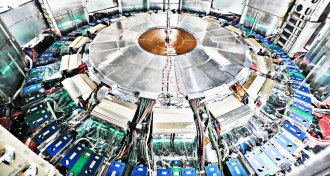 Particle Physics
Particle PhysicsUpon further review, suspected new particle vanishes
Hints of a new particle at the LHC have disappeared.
-
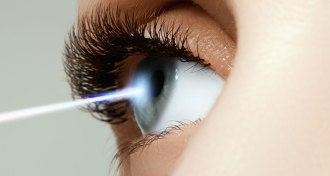 Life
LifeHuman eye spots single photons
Human eyes are sensitive enough to detect individual particles of light.
-
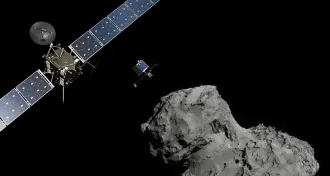 Planetary Science
Planetary ScienceRosetta spacecraft has stopped listening for Philae lander
Rosetta is no longer listening for communications from the comet lander Philae.
-
 Math
MathWebsite tests predictive powers of the hive mind
Metaculus.com asks people to make predictions about the likelihood of future events.
-
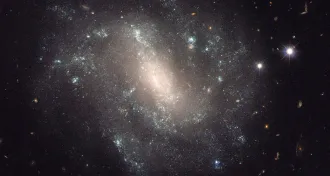 Cosmology
CosmologyDebate accelerates on universe’s expansion speed
A puzzling mismatch is plaguing two methods for measuring how fast the universe is expanding.
-
 Particle Physics
Particle PhysicsLatest search for dark matter comes up empty
Scientists continue to come up empty-handed in the search for dark matter. The latest effort from the LUX experiment found no evidence for dark matter.
-
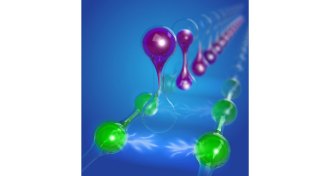 Physics
PhysicsElectrons have potential for mutual attraction
Electrons usually repel each other, but new research shows pairs of electrons can be attracted due to their repulsion from other electrons.
-
 Physics
PhysicsScientists throw a curve at knuckleball explanation
Wildly swerving pitches may be the result of a phenomenon known as a “drag crisis”
-
 Particle Physics
Particle PhysicsThree cousins join family of four-quark particles
Scientists with the Large Hadron Collider’s LHCb experiment report three new particles and confirm a fourth.
-
 Life
LifeMini ‘wind farm’ could capture energy from microbes in motion
Bacteria could spontaneously organize and rotate turbines, computer simulations show.
-
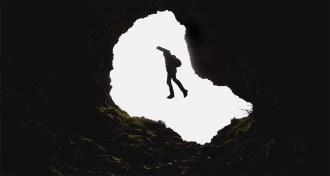 Physics
PhysicsFalling through the Earth would be a drag
Scientists study how friction affects a hypothetical jump through the center of the Earth.
-
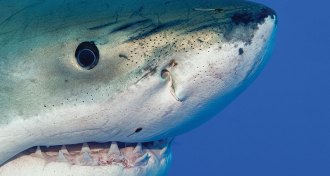 Materials Science
Materials ScienceShark jelly is strong proton conductor
A jelly found in sharks and skates, which helps them sense electric fields, is a strong proton conductor.